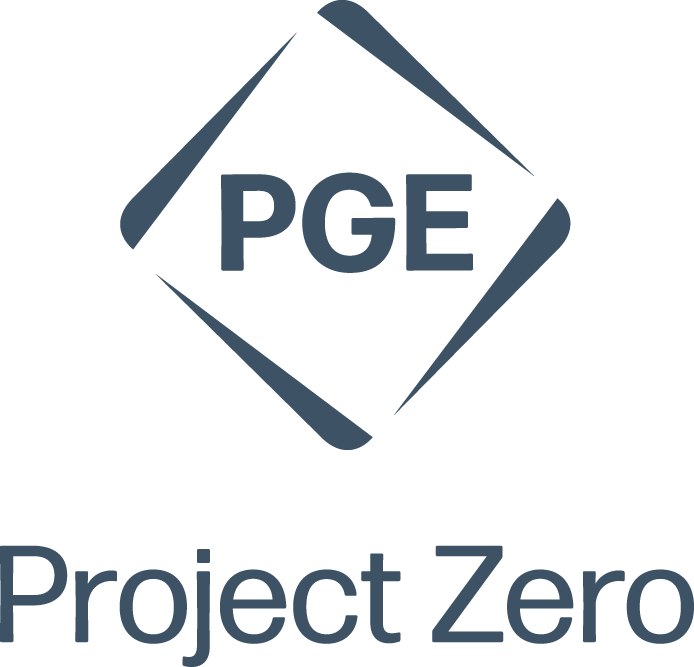| NGSS | 3-5 | Engineering Design | 3-5-ETS1-1 | -- | Define a simple design problem that can be solved through the development of an object, tool, process, or system and includes several criteria for success and constraints on materials, time, or cost. |
| Health | 4 | | HE.7.4.3 | -- | Describe a variety of behaviors to avoid or reduce health risks. |
| NGSS Science | 4 | Energy | 4-PS3-2 | -- | Make observations to provide evidence that energy can be transferred from place to place by sound, light, heat, and electric currents. |
| NGSS Science | 4 | Energy | 4-PS3-4 | -- | Apply scientific ideas to design, test, and refine a device that converts energy from one form to another. |
| NGSS Science | 4 | Energy | 4-PS3.B | Disciplinary Core Ideas: Conservation of Energy and Energy Transfer | Energy can also be transferred from place to place by electric currents, which can then be used locally to produce motion, sound, heat, or light. |
| Health | 5 | | HE.7.5.3 | -- | Analyze a variety of behaviors to avoid or reduce health risks. |
| NGSS Science | 5 | Matter and Its Interactions | 5-PS1-1 | Science and Engineering Practices: Developing and Using Models | Develop a model to describe phenomena. |
| NGSS Science | 5 | Matter and Its Interactions | 5-PS1-3 | Science and Engineering Practices: Planning and Carrying Out Investigations | Make observations and measurements to produce data to serve as the basis for evidence for an explanation of a phenomenon. |
| NGSS Science | 5 | Matter and Its Interactions | 5-PS1-3 | -- | Make observations and measurements to identify materials based on their properties. |
| CCSS ELA-Literacy | 6 | Science and Technical Subjects | 6-8.RST.6 | Key Ideas and Details | Follow precisely a multistep procedure when carrying out experiments, taking measurements, or performing technical tasks. |
| CCSS ELA-Literacy | 6 | Science and Technical Subjects | 6-8.RST.7 | Integration of Knowledge and Ideas | Integrate quantitative or technical information expressed in words in a text with a version of that information expressed visually (e.g., in a flowchart, diagram, model, graph, or table). |
| CCSS ELA-Literacy | 6 | Science and Technical Subjects | 6-8.RST.9 | Integration of Knowledge and Ideas | Compare and contrast the information gained from experiments, simulations, video, or multimedia sources with that gained from reading a text on the same topic. |
| Health | 6 | | HE.1.6.5 | -- | Describe ways to reduce or prevent injuries such as accidents. |
| Health | 6 | | HE.7.6.10 | -- | Identify behaviors to avoid or reduce health risks to self and others. |
| NGSS Science | 6 | Energy | 6-MS-PS3-3 | Crosscutting Concepts: Energy and Matter | The transfer of energy can be tracked as energy flows through a designed or natural system. |
| NGSS Science | 6 | Energy | 6-MS-PS3-3 | Science and Engineering Practices: Constructing Explanations and Designing Solutions | Apply scientific ideas or principles to design, construct, and test a design of an object, tool, process, or system. |
| NGSS Science | 6 | Energy | 6-MS-PS3-4 | Connections to Nature of Science: Scientific Knowledge Is Based on Empirical Evidence | Science knowledge is based upon logical and conceptual connections between evidence and explanations |
| NGSS Science | 6 | Energy | 6-MS-PS3-5 | Science and Engineering Practices: Engaging in Argument from Evidence | Construct, use, and present oral and written arguments supported by empirical evidence and scientific reasoning to support or refute an explanation or a model for a phenomenon. |
| NGSS | 6-8 | Engineering Design | MS-ETS1-1 | -- | Define the criteria and constraints of a design problem with sufficient precision to ensure a successful solution, taking into account relevant scientific principles and potential impacts on people and the natural environment that may limit possible solutions. |
| Health | 7 | | HE.1.7.5 | -- | Explain ways to reduce or prevent injuries such as accidents. |
| Health | 7 | | HE.7.7.11 | -- | Demonstrate behaviors to avoid or reduce health risks to self and others. |
| NGSS Science | 7 | Earth and Human Activity | 7-MS-ESS3-2 | Science and Engineering Practices: Analyzing and Interpreting Data | Analyze and interpret data to determine similarities and differences in findings. |
| Health | 8 | | HE.1.8.15 | -- | Plan what to do during an emergency. |
| Health | 8 | | HE.7.8.11 | -- | Evaluate behaviors to avoid or reduce health risks to self and others. |
| NGSS Science | 8 | Earth and Human Activity | 8-MS-ESS3-2 | Science and Engineering Practices: Analyzing and Interpreting Data | Analyze and interpret data to determine similarities and differences in findings. |
| NGSS Science | 8 | Energy | 8-MS-PS3-2 | Crosscutting Concepts: Systems and Models | Models can be used to represent systems and their interactions - such as inputs, processes, and outputs - and energy and matter flows within systems. |
| NGSS Science | 8 | Energy | 8-MS-PS3-2 | Science and Engineering Practices: Developing and Using Models | Develop a model to describe unobservable mechanisms. |

